
Summer is the high time for big, beautiful blooms. Proud sunflowers, cheery zinnias, and wispy cosmos grace the garden with color, bringing a smile to my face. But there’s a long wait between getting a seed packet in the early spring to finally enjoying that first big ol’ bloom. In the meantime, I have a secret weapon that helps me wait (kinda-sorta) patiently for my summer beauties.
That secret weapon, dear reader, is poppies.
These fluttery, crepe-papery, colorful flowers fill the garden with dashes of much-needed color far earlier than the rainbow of blooms that need heat to flourish. They can be planted so early it feels fairly stupid to put them in the soil. And if they have ideal circumstances, some varieties can explode with flowers for months at a time.
Poppies are one of my “happiness” plants. They grow easily, bloom readily, and make me smile whenever I see them. They help nullify any frustrations I have with more persnickety plants (I’m looking at you, eggplants). I hope they can do the same for you.
Without further ado, here’s how to grow poppies from seed to seed — that is, from a tiny seed, to a huge bloom, to a seed again, that you can carefully save and plant (stupid early, of course).
Choosing a Poppy Cultivar
Botanically speaking, there’s somewhere around 70 to 100 different poppy species, originating from all around the world. As far as the garden is concerned, however, there are really four species that are commonly available.
Papaver somniferum

This poppy is sometimes given a bad rap because it’s known as the opium poppy, as if it’s somehow the flower’s fault that certain chemical constituents can be derived from it. There’s no need to avoid this annual blooming beauty. Though most parts of poppies are toxic if ingested, this species is the source of those crunchy, nutty poppy seeds that we sprinkle on bagels and challah, or fold into pastries like kolaches.
They come in a dazzling array of cultivar colors and shapes, from the purple “Hungarian Blue Breadseed” that I have pictured above (and grow every year) to the dreamy “Amazing Gray“, to the pink, pom-pom frilliness of “Heritage Farm” to the love-it-or-hate-it ridiculousness of cultivars like “Drama Queen.”
Papaver orientalis

Unlike other poppies on this list, the “Oriental Poppy” is a big-blooming perennial. Typically, red-orange in color, you can buy either seeds or dormant roots. Seeds will give you blooms in the second year — dormant roots should give you this-year blooms.
Their original color is something like the bright orange pictured here, but due to their popularity and long years of being cultivated, they also come in many other lovely hues.
Papaver rhoeas

Commonly called “Corn Poppy” this annual species is famously used as the flower of remembrance. During World War I, the construction of trenches disturbed the ground enough to expose lots of the naturally-occurring poppy seeds in the native soil seed bank. As a result, the poppies bloomed in profusion between the trenches on the Western Front. It was a horrifying chapter of history, ringed about with crimson blooms.
But the poppies can be more than a somber memory. These are my personal favorite poppies, because once they start to bloom, they don’t stop. Unlike the opium poppy, which makes a single, gorgeous bloom, a corn poppy growing in ideal circumstances can produce 400 blossoms on a single plant.
Eschsholzia californica

California poppies are a native North American flower that boasts gorgeous yellow, orange, golden (and occasionally pink or white) petals. It is of special significance to the Indigenous people of the California area, such as the Pomo and Gabrieleño/Tongva. If it looks familiar, this is the famous, eponymous bloom of the Antelope Valley California Poppy Reserve — a natural sight that needs to be seen in person to be believed (so long as you’re not one of those selfish people trampling them to get a selfie).

Growing Poppies

In terms of needs, poppies are pretty minimal. Most of them are originally from drier parts of the world, so once established, they do just fine with well-draining soil that tends to be on the dry side. They’ve got the instincts of wildflowers, too, so put them in full sun and don’t fret about them.
Poppies can be planted early (except for the California poppy, which should NOT be planted stupid early — more on that soon). Since poppy seeds are tiny, you can mix them with sand to facilitate easier sowing. And since the seeds need light to germinate, all you need to do is scatter them in a good spot. In mild climates, they can often be planted in the fall, and overwintered to get a jump-start on growing come spring.
In my zone 6 garden, however, poppies are one of the first seeds I get in the ground as soon as it loses ice’s freezing grip in early spring. You don’t need to wait until the last frost had passed. Typical wisdom says to plant the seeds four weeks before the last frost. I plant poppies around the same time I get parsnip seeds in the ground. And like parsnips, poppies require patience. You may have to wait a few weeks before you see any signs of life, but that’s kind of par for the course when we’re waiting for the world to thaw after a long winter.
California poppies like it a little warmer, however, so disregard all that timing information when it comes to them. They still like the well-draining soil and sunny location, but I have had the best success sowing their slightly larger seeds after the last frost. I’ve seen lots of online advice to the contrary (and I wonder how much of it is AI-generated and lumped all poppies together), but my real-world experience has proven otherwise.
Once poppies sprout, it’s worth it to thin them so there’s at least 4 inches between plants. Some growing guides say to give them a full foot. Truth be told, I don’t always thin my poppies. I like a dense stand of them just as much as a thinned stand, even if the resulting flowers are a little smaller. And even though the literature says that poppies don’t like being transplanted, I have successfully transplanted to better spots while thinning. Give it a try — the worst that could happen is that they’ll die anyway, which is their guaranteed fate when they’re merely thinned.
Where thinning does matter, however, is with Corn Poppy seeds. If you crowd them, you’ll get some lovely blooms, but individual plants won’t reach full potential. Give them enough wiggle room, however, and they’ll reward you with an explosion of flowers.
Saving Poppy Seeds
If you grow poppies, and if you like the poppies you’ve grown, the next step toward poppy mastery (is that a thing?) is saving your own seeds to plant again next year.
Thankfully, with poppies it’s a straightforward process. Merely let the flowers bloom, fade, and produce their interesting seed capsules. Every species of poppy makes a different shape and size (you’ll have to forgive me for not having photos of the Oriental Poppy seed head — I haven’t grown it this year).

Seeds are ripe when the seed capsule and the stem section below it turn a straw-brown and rattle with a shake. Additionally, look for the tiny, open vents right below the little “hat” atop the seed capsule. If the vents haven’t opened yet, the seeds aren’t ready to be released.

Continuing it’s theme of not being like the rest of the crowd in this article, California poppy seed capsules don’t follow this pattern. After the silky petals drop, a bean-like seed capsule begins growing from the middle of the stem. It will grow surprisingly long before it begins to brown. You’ll have to watch these seed capsules closely if you want to gather seed. They explode when ripe, scattering seeds everywhere. Just watch for when they turn straw-brown and feel crispy, and they should be ripe for harvest.

After harvesting seed pods, I allow them to dry for another week (always a good practice when getting seeds ready for storage). Then, I open up every capsule or pod and shake the multitude of seeds into a bowl.
Once the seeds have been released, they can be put in dry, dark storage until it’s time to plant them again next spring. Jars or envelopes work for this purpose — I always use jars for containing the tiny seeds of these plants. Envelopes give too much opportunity for escape!

I hope this brief article has encouraged you to shake of your winter doldrums (if you happen to be experiencing winter doldrums, that is) and get out there (stupid early, of course) to put some poppy seeds in the ground. At the beginning of spring, they are a much needed bit of cheer when most of us are dearly in need of it.


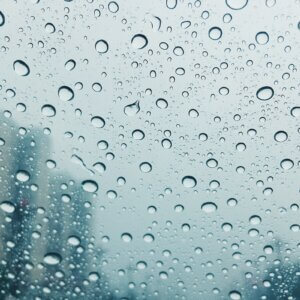
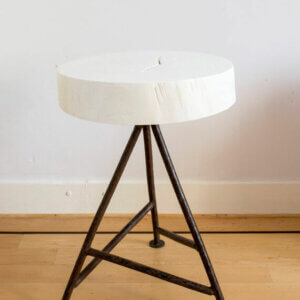

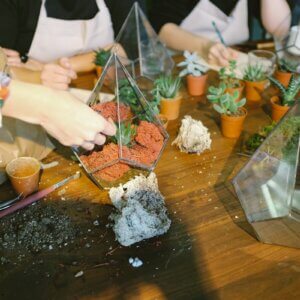
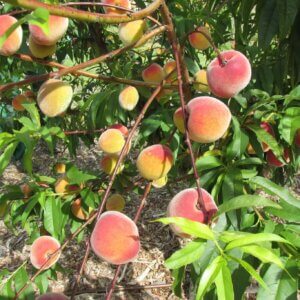

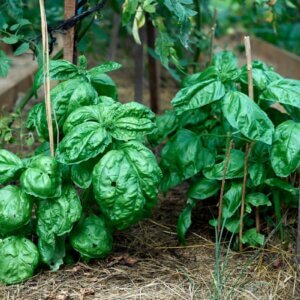
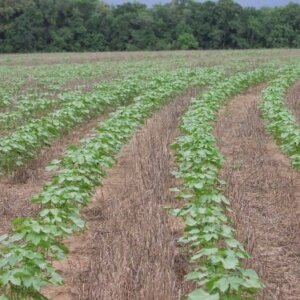

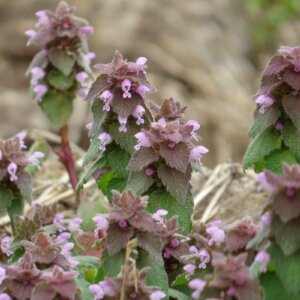

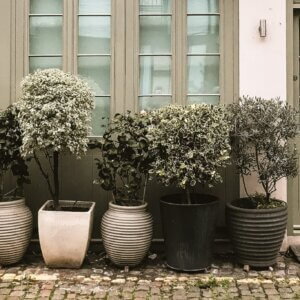

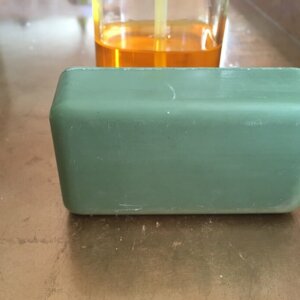
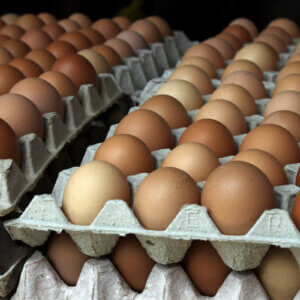
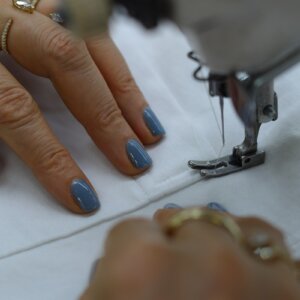



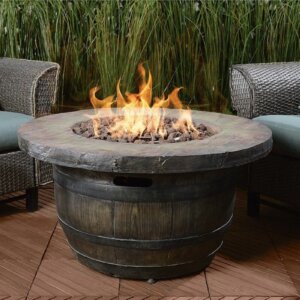

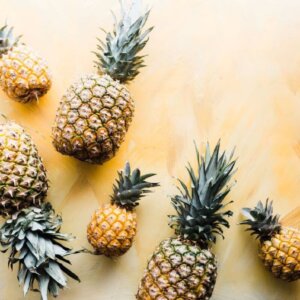
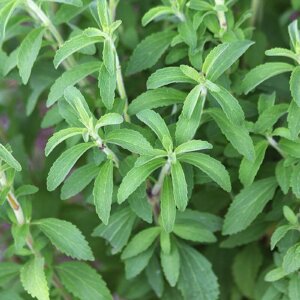
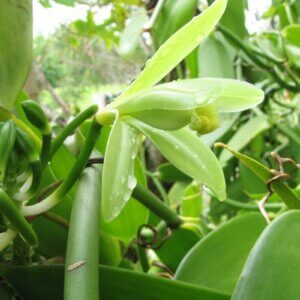


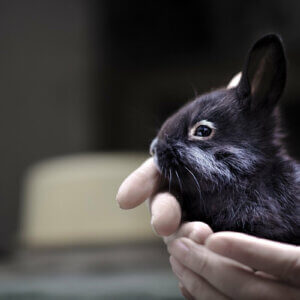
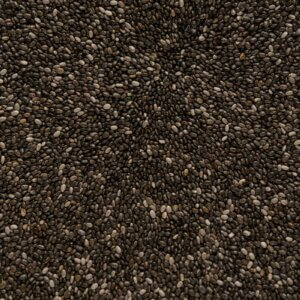

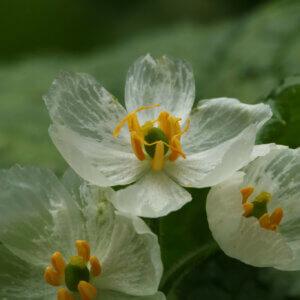


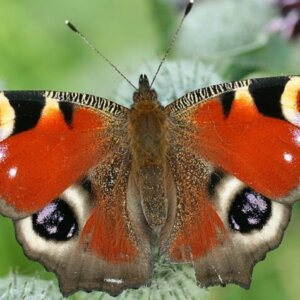

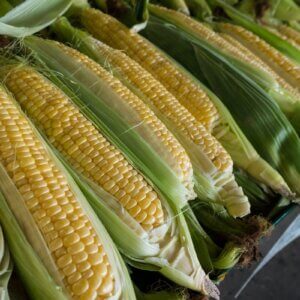

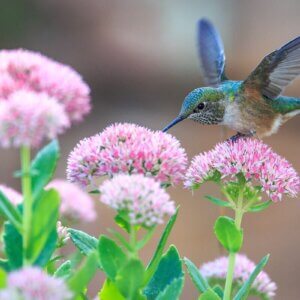
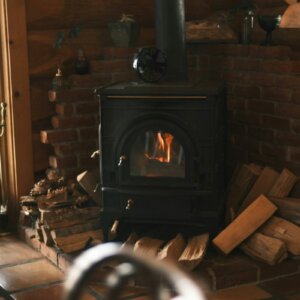

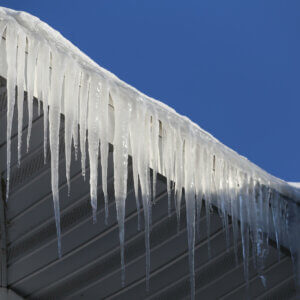
Leave a Reply